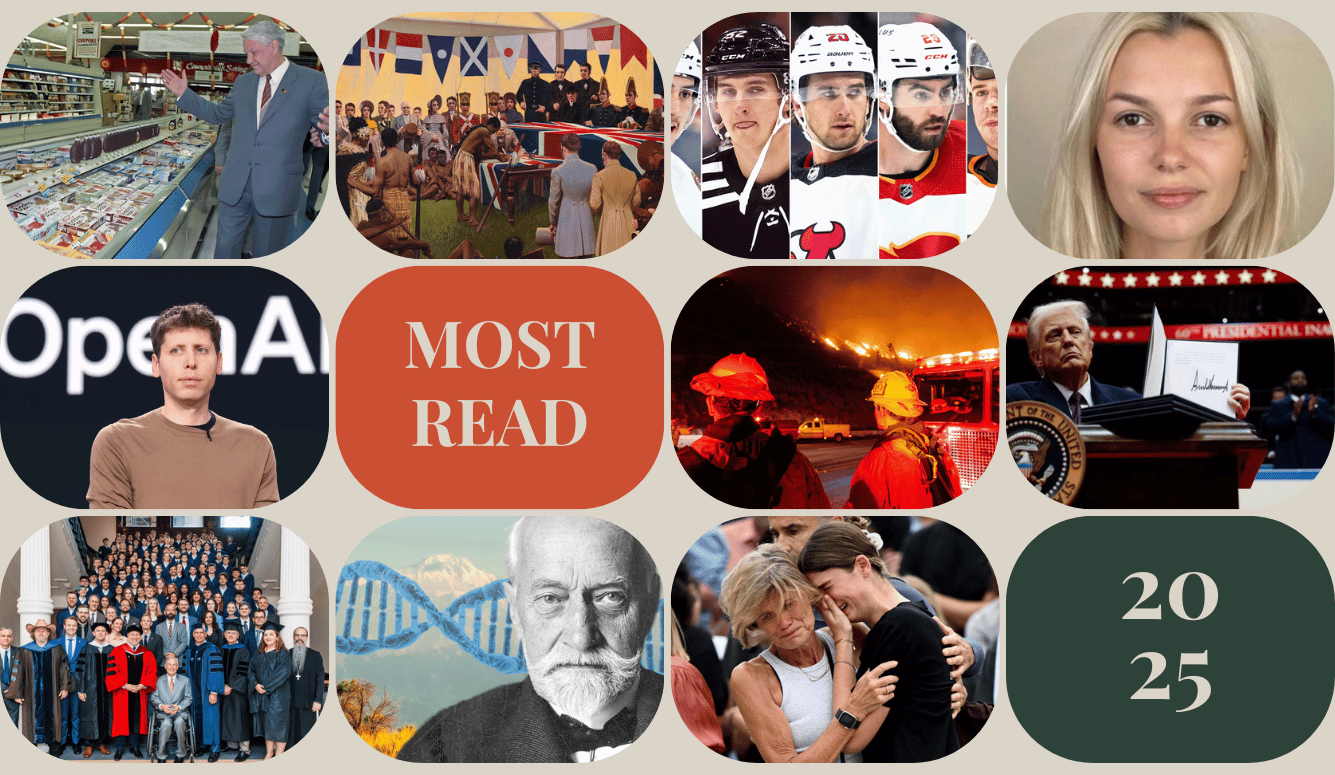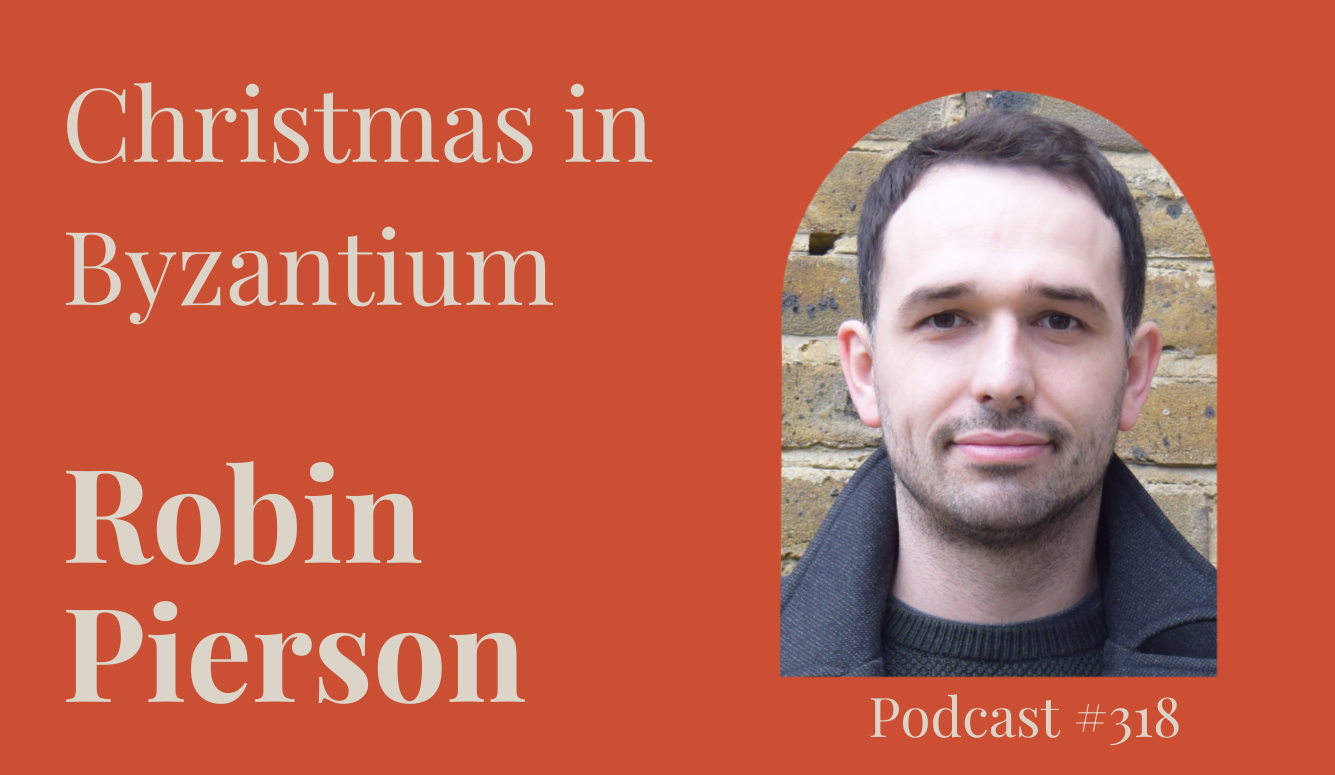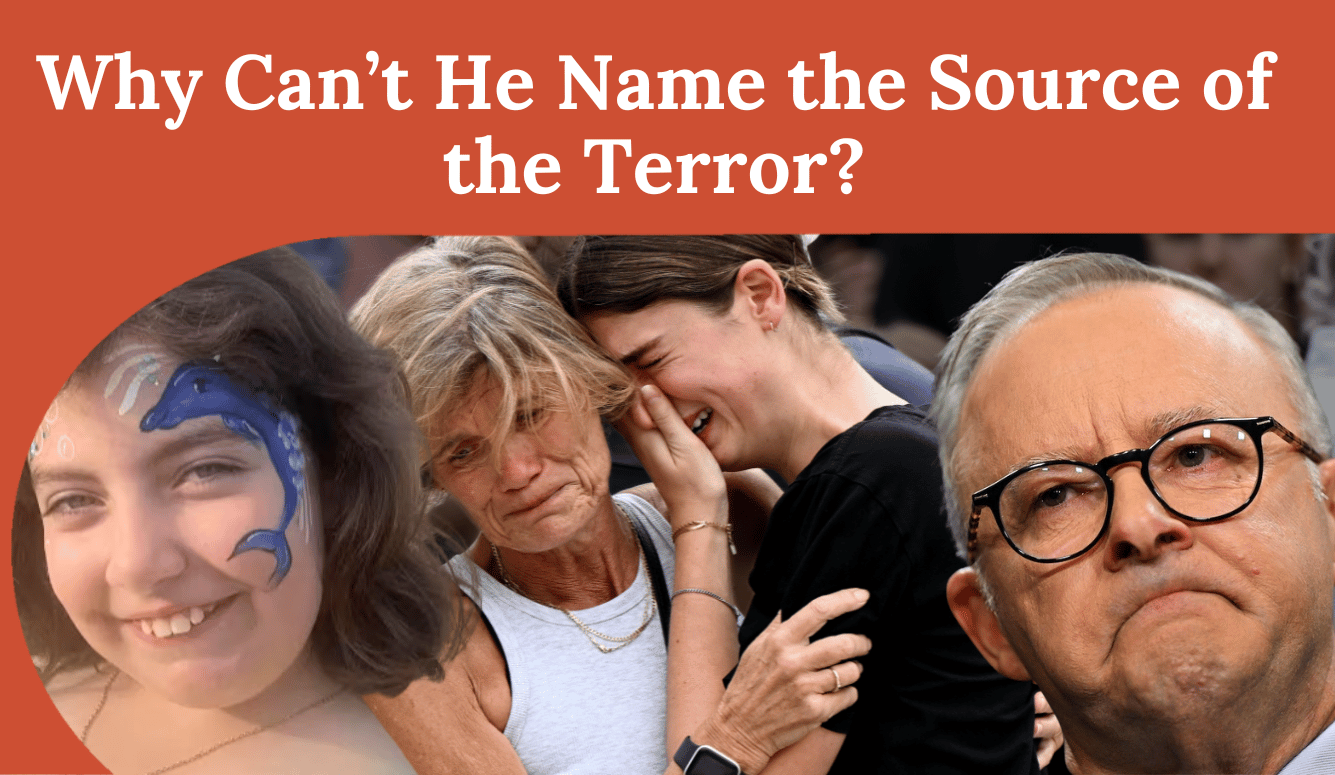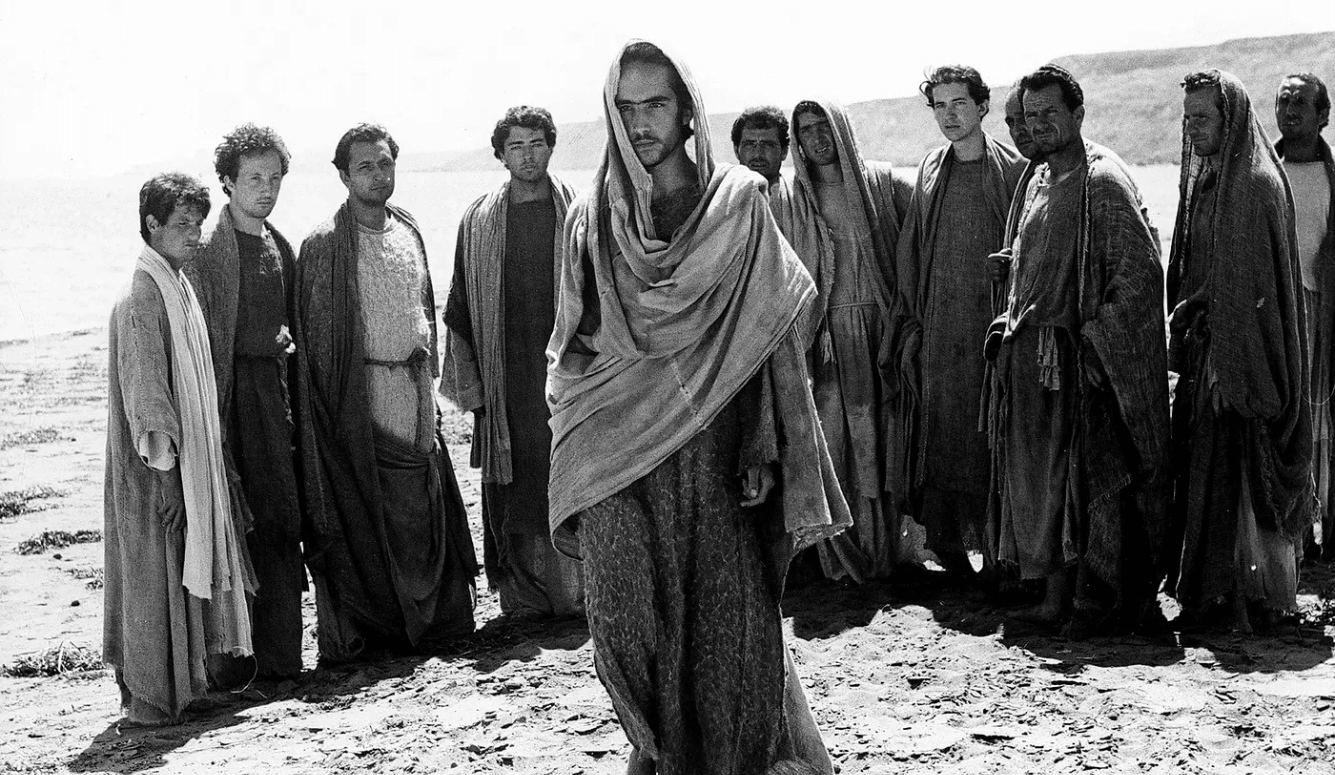Islam
Masculinity and Political Extremism with Sociologist Josh Roose | Quillette Cetera Ep. 49
As more young men search for meaning in a fragmented world, political sociologist Joshua Roose joins Zoe to explore how masculinity, disaffection, and the lure of belonging draw some toward Islamism, others to the far right.
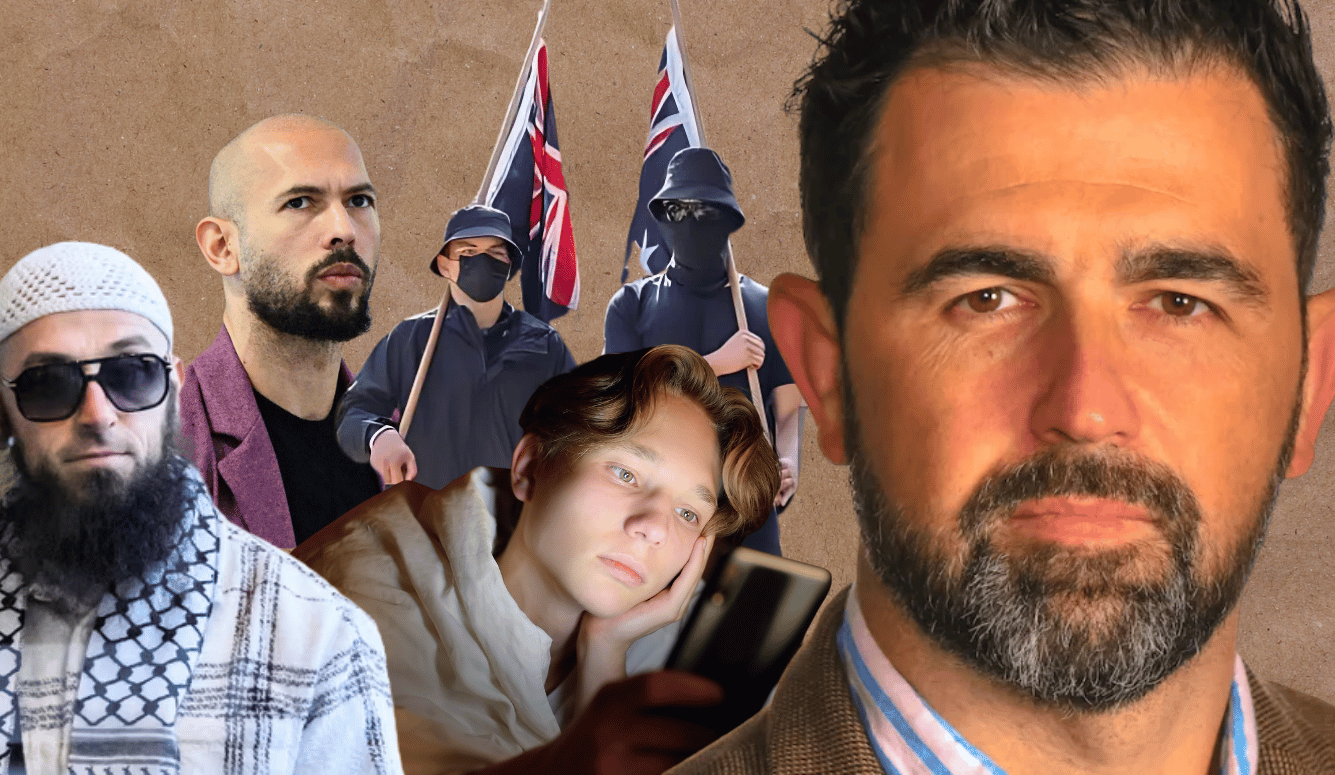
This episode explores how masculinity, identity, and marginalisation can drive young men toward political and religious extremism. Drawing on research with Australian Muslims and broader work on the “Manosphere,” the conversation covers honour cultures, online radicalisation, misogyny, and the emotional undercurrents linking movements from jihadism to the far right. Also discussed: the social impact of economic stagnation, and how healthier models of masculinity might offer a way forward.
Dr Joshua Roose is a political sociologist and Associate Professor at Deakin University, specialising in religion, political violence, and male identity. His work combines ethnographic research with policy insight to examine the forces shaping extremism in contemporary societies.
Note: Unfortunately the last few minutes of this recording were lost due to technical issues.
Transcript
Zoe Booth: What got you interested in studying masculinity and political extremism?
Joshua Roose: Great question. I’ve always been interested in religious and political violence. 9/11 was a turning point—I was 21 at the time, and I remember thinking it would shape the world for the next fifty years. That really started my intellectual and research journey. I joined the Army Reserves to better understand what was happening globally.
ZB: So that prompted you to join the army—wow.
JR: Yes, for many reasons. I felt that everyone should, at some point, be able to defend their country. It was a formative experience. I miss it now, though I’m probably not in a position to do it again. At the same time, I started a PhD on political Islam, which paralleled my time in the army.
ZB: So that was your first book in 2015 on Australian Muslim men, correct?
JR: Yes. It was a long process—I spent a lot of time with the army and neglected the PhD for a while, but I eventually completed it. As often happens, the book came out a few years after finishing the thesis. I brought masculinity into it because the scholarship tended to focus on Muslim women and agency, while Muslim men—particularly masculinity—were largely overlooked.
I wanted to understand why some young men were making positive contributions to society while others took darker paths, despite coming from similar backgrounds—same families, same mosques, often even knowing each other. That question resonated with me. Having gone through private boys’ schools, the army, rugby clubs—male-dominated institutions—I felt there was something unexamined about masculinity. I was probably among the first to explore it in that context.
ZB: Fascinating. Did you find that Muslim men have a different masculine ideal compared to, say, Anglo-Australian men?
JR: It’s interesting—there’s remarkable consistency across cultures in what matters to men: honour, recognition, respect. But how those values play out within different cultures is key. Post-9/11, Muslims in Western contexts came under intense scrutiny. That wasn’t a standalone event; we saw al-Qaeda globally, the Bali bombings, the London bombings in 2005, Madrid in 2004. These weren’t isolated but formed part of an evolving global pattern.
In Australia, there were the Innocence of Muslims protests in Sydney, with young Muslim men clashing with police. Then Islamic State emerged. Within Islam, dynamics around struggle and jihad became prominent—not just the inner, spiritual struggle (against the nafs) but also the militant interpretation. Salafi jihadist preachers particularly promoted the latter as central.
ZB: Can you explain what Salafi Islam is, compared to other branches?
JR: Islam is broadly divided into Sunni and Shia traditions—about ninety percent of Muslims are Sunni, ten percent Shia. Shia Muslims believe the rightful successor to the Prophet comes from his bloodline, while Sunnis follow the lineage of the Prophet’s companions and the laws developed during that time.
Salafism is a puritanical form of Sunni Islam that gained prominence in the past 50–60 years, especially out of Saudi Arabia. It rejects local context (urf), insisting that Muslims live exactly as the Prophet did—how you wash, how you pray, everything is prescribed. There are spiritual Salafis, political Salafis, and Salafi jihadists. The latter promote violent struggle as central.
ZB: So did your research focus on various Muslim groups across Australia?
JR: Yes. My PhD was ethnographic. I spent significant time with young Muslim men, including a whole chapter on Waleed Aly’s trajectory. He had quite a fascinating evolution—from once being fairly hardline to becoming one of Australia’s most prominent journalists and commentators.
I also studied a Sufi spiritual group—Young Muslims Australia—whose leaders shaped much of the more moderate Muslim community. I looked at both those building peaceful lives and those who left to join Islamic State.
After that, I had two postdocs—one at Monash, on citizenship and young Australian Muslims, and one at Western Sydney, exploring Sharia and legal pluralism. That included fieldwork with imams, community leaders, Islamic lawyers and finance professionals in Sydney, and also extended to New York and New Jersey.
ZB: Have you looked into honour cultures versus dignity cultures—or face cultures? I’ve read a bit about it and it’s intriguing.
JR: Yes. There’s a great article called Victimhood Culture that outlines three frameworks: honour, dignity, and victimhood cultures. Honour cultures revolve around retaliation—you hurt me, I hurt you. It’s about face, standing, and status. Historically, that made sense; if you didn’t defend yourself, you were vulnerable.
As societies developed institutions like policing and courts, dignity cultures emerged—you hurt me, I go to the authorities. It’s less about retaliation and more about rule of law.
Now, especially with the rise of the internet, we see what the article calls victimhood culture—you hurt me, I tell everyone. It’s about public validation and harm through social exposure, such as cancel culture. These models still exist in layers—they’re not mutually exclusive.

ZB: We published an essay touching on this—Russell Blackford mentioned how in some Asian cultures, like Japan, there’s an emphasis on not showing offence. In contrast, Southern honour cultures, including in Black communities in the US South, reflect that “you looked at my girl, now I’m going to deal with you” mindset.
Whereas in many European cultures, showing you’re offended is a sign of weakness—you’re supposed to act above it. Does Islam promote more of an honour culture, particularly among men? I was thinking of the Cronulla riots as an example of two honour cultures clashing—white Australians and Middle Eastern Australians.
JR: That’s a good point. Honour cultures tend to arise where the state’s reach is limited. You often see it among working-class young men, or recent migrants from countries with weak governance.
The Cronulla riots did reflect that—two groups of young men, little trust or engagement with institutions, acting out an honour code. Dignity culture, by contrast, tends to require resources—education, access to legal recourse. It’s more prevalent among middle- and upper-class people. Aspects of Islam do align with honour culture, which ties into masculine identity and is particularly appealing to some marginalised young men—those who feel dishonoured, humiliated, or that Islam itself is under attack.
This concept of a “global war on Islam” is very common in extremist narratives.
ZB: Yes, you see that dynamic in the wake of violent attacks in the West and also in the Middle East—such as with Hamas attacking Israel. People often respond by saying, “Well, it’s not right, but there is a lot of Islamophobia, and these young men are discriminated against when they move to the West.” There’s almost an implication that the host country is to blame for their radicalisation. I was watching a documentary about the Boston bombers—Chechen Muslims—and that sense of grievance seemed central. They wanted to prove they were powerful men.
JR: Yes, it’s an interesting case—the Tsarnaev brothers. One of them was an excellent boxer and tried out for the Olympics, but didn’t get selected. He blamed racism and discrimination, rather than accepting he wasn’t quite at the required level. In many radicalisation cases, there’s a pivotal moment where everything crystallises.
Extremist narratives are effective at targeting that sense of shame and disempowerment. They tell young men, “It’s not your fault you’re not progressing in society—it’s the system, and that system is against Islam.” The same pattern plays out in the far right. There, the scapegoat is often Jews or powerful elites. With incel groups, the narrative is that women are inherently malevolent, only interested in ten percent of men—and you’re not one of them. The only path to reclaiming manhood, they argue, is through revenge or retribution. It’s a common dynamic.
ZB: Who was the young man who shot up the sorority in the US?
JR: That was Elliot Rodger. He didn’t label himself as an incel, but his manifesto has inspired many within that community.
ZB: Why do you think men are more susceptible to extremism than women?
JR: It’s a crucial question, and it goes to the heart of masculinity. I describe masculinity as the social construction of what it means to be a man. Yes, there’s a biological aspect—hormones, testosterone—but social expectations are powerful. What men are supposed to achieve, how they’re meant to behave, how they’re judged—those pressures are significant.
Take Australia, for example: if you’re good at sport, you’re fast-tracked into social status, respect, and often wealth. That’s not the case for someone good at music or the arts, at least not to the same extent. At my school, the “jocks” were celebrated; the music kids were marginalised. That model still dominates many societies.
I do think things are slowly changing—arts and academic achievement are getting more recognition—but strength, pride, and competition still matter deeply in how we define masculinity. And that won’t disappear easily, whether in a developed democracy or in a more chaotic context.
ZB: Do you think masculinity has been demonised in the West over the last decade or so?
JR: It’s a good question. It ties into the rise of the “Manosphere”—online spaces where men voice anger about being emasculated and blame feminism for their struggles. I research that area quite a bit.
On one level, there’s a real reckoning happening around what it means to be a man today. Over the past fifty years, we’ve seen the decline of male-dominated institutions and the traditional male breadwinner role. Now, in most cities, you need two incomes to afford a house—and sometimes even that’s not enough. Cost of living is high, older generations are holding onto wealth longer, and structural change is significant.
There’s always been talk of a masculinity crisis. Every generation has had its worries about young men not performing as expected. But now, women are not only achieving equality—they’re often outperforming men in education and the workforce. Employment protections, maternity leave, and anti-discrimination laws have supported that progress. And it’s good progress.
But some men, especially those raised with older, more traditional ideals of masculinity, struggle to adapt. The model of the male breadwinner with a stay-at-home wife simply isn’t viable for most people anymore. So yes, there has been a backlash, and in some progressive spaces, a demonisation of traditional masculinity.
The challenge is to find a balance: masculine traits can contribute positively to society—but dominance and control aren’t necessarily useful traits anymore. Some masculine norms need to evolve.
ZB: I agree. I think we need more empathy on both sides. If you’re a humanist—and I consider myself one—then it’s clear that happy, healthy men are good for women. Men who are mentally well don’t want to harm others—they want to protect their families.
Historically, men have been protectors. That doesn’t mean they’ve always succeeded, but I think it’s a beautiful thing worth celebrating. Biologically, men are bigger, have more testosterone, and are often more willing to risk their lives for loved ones. Sadly, that protective instinct has been painted as toxic. And now, many men seem unsure of their role in society.
JR: Yes, but I think it’s a certain type of man who is particularly upset by this shift. Most men get on with life—they work, look after their families, and aren’t involved in online debates. They may roll their eyes at terms like “toxic masculinity,” but they’re not vocal.
The vocal ones—the ones commenting on every post—tend to spend a lot of time online. It’s a small segment of the population—maybe five to ten percent—often men who feel stuck or stagnant. If you believe society enables you to improve your life, you’re likely to focus on that and move forward. But if you feel the rug’s been pulled out from under you, or that you can’t get ahead no matter what you do, then you’re more susceptible to these online communities.
And as social inequality grows and structural change accelerates, fewer men find places for camaraderie or meaning. That creates a vacuum, and the loudest voices in that space aren’t always the healthiest ones.
ZB: So what do you think are the most effective changes we could make—whether policy-related or more personal and cultural—to improve things?
JR: It’s a big question, and I’d break it down into layers. Starting with the darker side: there’s a strong backlash right now against women’s rights in particular—and it’s increasingly prominent among younger men. My research shows a significant recent rise in hardline misogynistic attitudes among some young men.
Figures like Andrew Tate are capitalising on that sentiment, and so are extremist groups—Nazis, religious extremists, and others. They exploit these frustrations for profit or ideology. Masculinity is a key factor in their appeal, so we need to create alternative narratives and forms of engagement, as well as addressing the socioeconomic conditions that fuel this backlash.
ZB: Before we go further—can you define misogyny as you use it in your work? What are some typical tropes you’ve studied?
JR: Misogyny is essentially prejudice against women. Most people, to some extent, hold biases—whether consciously or unconsciously—including women, who can internalise misogyny. Like with other forms of prejudice—against race, sexuality—it’s about recognising and confronting it.
In my research, I distinguish between hard and soft misogyny. Hard misogyny is the outright rejection of norms like gender equality. If someone opposes the idea that women should have equal rights and opportunities, that’s a clear case of hard misogyny.
Soft misogyny is more insidious. It’s the belief that women are equal “but…”—followed by a complaint that they’ve gone too far, or that men are now disadvantaged. In surveys, one of the key indicators we use is agreement with the statement “Women have gone too far.” Among younger men, hard misogyny is growing—it’s now close to ten percent, while soft misogyny is around 35–40 percent. Interestingly, some women express these views as well.
ZB: I might fall under soft misogyny by that standard!
JR: Possibly! But the point is to unpack why people hold these views—what’s going on in their lives, how are their perceptions shaped? As a scholar, it’s not my job to judge—it’s to engage and understand.
That’s the darker side—this backlash to feminism, which has achieved enormous progress. Equal rights for women have opened up the workforce, stimulated the economy, and benefited society. But many people don’t feel they can build a better life anymore, and social media amplifies this.
When men hear blanket condemnations like “all masculinity is toxic,” it becomes easy to latch onto those voices that claim to be defending them. That’s often more appealing than doing the hard work of understanding structural issues.
Older men, interestingly, are less likely to hold anti-women views—but more likely to harbour prejudice against minorities. Younger men seem to be flipping that pattern.
ZB: Fascinating.
JR: Now, for the more constructive side—we have an opportunity to rethink masculinity itself. I often refer to pro-social masculinity: the idea that you can embrace traditionally masculine traits—physical strength, discipline, even engaging in “violent” hobbies like hunting or martial arts—while also being respectful, ethical, and contributing positively to society.
You can still be a man without having to dominate others. You can respect women, welcome diversity, and be a role model without abandoning masculinity. The conversation needs to shift toward allowing people to be who they are—while upholding mutual respect and contribution.
ZB: My very non-academic take is that that’s the most masculine thing—emotional security. When a man is easily upset by someone being gay or living differently, it doesn’t come across as strong—it comes across as insecure.
My fiancé is a great example. He doesn’t care how others live; he focuses on himself, on us, and on providing. He’s not reactive. That’s real strength to me—not picking fights in pubs or posturing. That behaviour actually signals weakness.
JR: Absolutely—and insecurity. I talk a lot about anger in my work. It’s a key element in the pull of extremism. But anger itself isn’t the problem—it’s a human emotion. I always ask people, “Who here has been angry?” Everyone puts their hand up, myself included.
For me, it’s traffic—I hate traffic with a passion! But seriously, anger can drive positive change—righteous anger at injustice, for example. What’s dangerous is when anger becomes uncontrolled or misdirected. There’s a growing culture that sees any anger as toxic, but we need to move away from that.
ZB: Hmm.
JR: There are absolutely victims in society, and we should advocate for them. But when everyone is claiming victimhood—complaining about microaggressions, accusing others of speaking too aggressively—it infantilises us as a society. We need to re-centre our shared humanity.
We all feel insecure sometimes. We all have doubts about the future or worry about the state of the world. But social media has turned us into tribes, locked in echo chambers with no room for face-to-face connection or understanding. That’s damaging.
ZB: Definitely. Where do you think most of this radicalisation is happening? For example, a friend’s son—he’s fourteen and being bullied via text by another boy who said awful things like, “You should have died in the gas chambers.” He’s Jewish.
Where is that kind of hate coming from? Surely online, unless it’s coming directly from the family?
JR: It’s a mix. Violent extremism research is moving away from viewing online communities as the sole cause. Yes, online spaces matter—anonymity on social media leads to disinhibition, where people say things just to shock or offend.
But offline factors are equally important. My research shows that masculinity is shaped most by father figures and peers—in real life. Face-to-face interactions still matter deeply.

